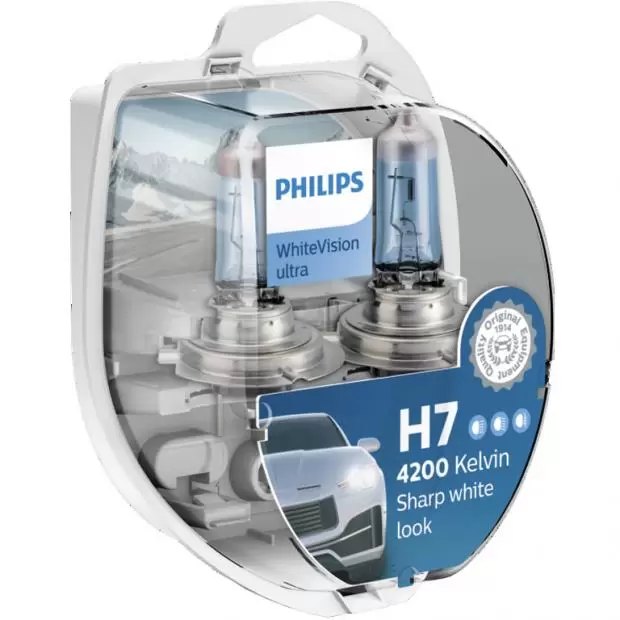What makes bulbs road legal?
Firstly, drivers need to understand why some bulbs are road legal and others aren't. Almost all industrialised nations have laws regarding the colour and brightness of headlights. Typically, headlights are required to be white or yellow, and must be bright enough to allow drivers to see approximately 100 metres ahead without blinding other drivers.
ahead without blinding other drivers.
Whilst most headlight bulbs today are bright enough to be road legal, colour can be a problem. HID bulbs, which have become increasingly popular in recent years, are filled with xenon gas. This gives them a blue colour. Headlights that are too blue are not road legal.
There is also a common misconception that HID bulbs are too bright and therefore not road legal. Many drivers can report that they've been in front of a car with HID headlights that blinded them. However, this isn't necessarily an issue with the bulbs themselves. Rather, this is typically due to headlights that are not properly aimed.
Choosing road legal bulbs
A lot of people don't mind using their non-road legal bulbs on the road and running the risk of being caught. However, for those who want to choose road legal bulbs, there's plenty of options that look great.
A lot of the time, bulbs that aren't road legal will say so on the packaging, or will be E marked. If you're shopping on PowerBulbs, we'll always let you know whether a bulb is road legal. When looking at the description of a bulb, click on the 'Specification' tab, where you'll find information on the legality of the product.
 If you want to ensure your bulbs are road legal, shop from a trusted retailer who gives you this information upfront. Sticking with reputable brands also helps, as these bulbs tend to be properly labelled according to official regulations.
If you want to ensure your bulbs are road legal, shop from a trusted retailer who gives you this information upfront. Sticking with reputable brands also helps, as these bulbs tend to be properly labelled according to official regulations.
If you can't find any information on whether a bulb is road legal, you can usually figure it out by examining the bulb. Firstly, look at the colour temperature of the bulb. A higher colour temperature indicates that the bulb is more blue in colour, and a lower temperature means the bulb is more yellow.
Xenon HID bulbs with a high colour temperature - such as 8000K or above - are sometimes not road legal. Halogen bulbs with a colour temperature of 4300K or over also tend to be non-road legal. Thanks to the popularity of HID bulbs, some halogen manufacturers add a blue coating to the glass of the bulb, which helps to tint the light and imitate the look of HIDs. This can sometimes make bulbs a very crisp white/blue colour and therefore unsuitable for road use.
You should also make sure the bulbs you're using are sufficiently bright. Halogen bulbs with a blue tint tend to be less bright than ordinary halogen bulbs. Remember, the purpose of headlights is to help you see the road ahead, not to look cool. Brightness should be one of your first considerations when purchasing headlight bulbs.
Finally, check your local laws regarding headlights. Laws vary between countries and regions. A bulb that's road legal in one state in the US, for example, might not be road legal in the next.
By choosing bulbs with the right colour temperature and brightness, you should be able to find a bulb that's road legal and stylish. You can shop our wide selection of halogen and HID bulbs to find plenty of road legal headlight bulbs.





























 Close
Close